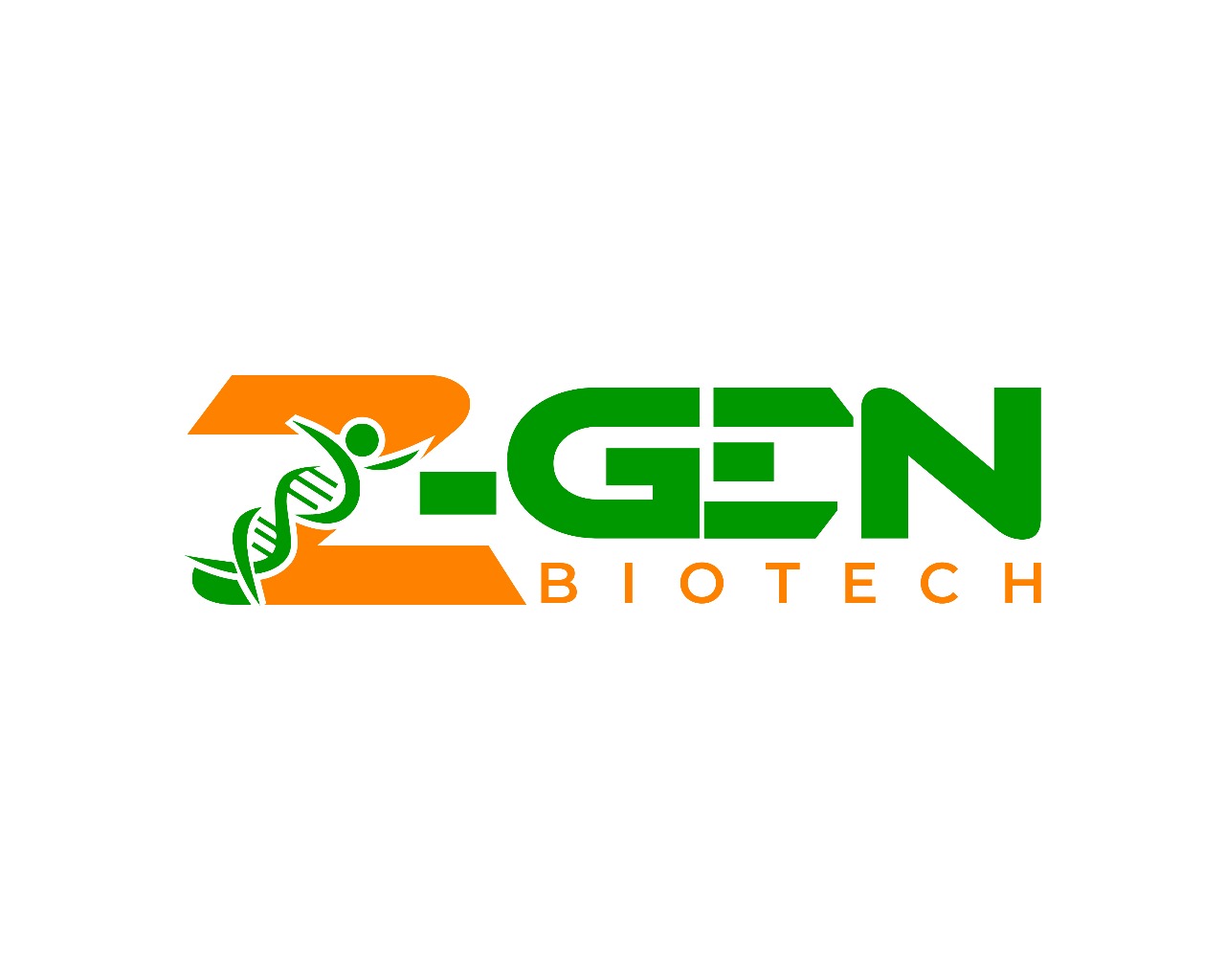Antibody(Boster Bio, USA+R&D System, Bio-techne, USA)
Antibodies, or immunoglobulins (Ig), are Y-shaped proteins produced by B cells of the immune system. They play a crucial role in identifying and neutralizing foreign substances such as bacteria, viruses, and toxins. Antibodies are also widely used in research, diagnostics, and therapeutic applications.
- Click here to get Product (Boster Bio, USA)
- Click here to get Product (R&D System, Bio-techne, Novus Biologicals, USA)
Structure of an Antibody
- Fab Region (Fragment, Antigen-Binding)
- Contains the variable regions that bind to specific antigens.
- The variability allows antibodies to recognize diverse antigens.
- Fc Region (Fragment, Crystallizable)
- Responsible for interacting with immune cells and activating the immune system.
- Determines the antibody’s class (e.g., IgG, IgA).
Types of Antibodies
- Monoclonal Antibodies (mAbs)
- Derived from a single clone of B cells.
- Highly specific to a single epitope of an antigen.
- Applications: Therapeutics (e.g., cancer immunotherapy), diagnostics.
- Polyclonal Antibodies (pAbs)
- Produced by multiple B cell clones.
- Recognize multiple epitopes on the same antigen.
- Applications: Research, as they provide robust signal in detection assays.
- Recombinant Antibodies
- Engineered in vitro for high specificity and consistency.
- Often humanized or fully human in therapeutic applications.
- Primary Antibodies
- Directly bind to the antigen of interest.
- Used in assays like Western blot, ELISA, and immunofluorescence.
- Secondary Antibodies
- Bind to primary antibodies to amplify the signal.
- Often conjugated to enzymes (e.g., HRP, AP) or fluorophores for detection.
Antibody Classes
- IgG
- Most abundant in blood and extracellular fluid.
- Provides long-term immunity after infection or vaccination.
- IgA
- Found in mucosal areas (e.g., respiratory and gastrointestinal tracts).
- Provides localized protection.
- IgM
- First antibody produced during an immune response.
- Effective in forming antigen-antibody complexes.
- IgE
- Involved in allergic reactions and responses to parasites.
- IgD
- Functions in B cell activation.
Applications of Antibodies
- Research Tools
- Protein detection (e.g., Western blot, immunohistochemistry).
- Cell sorting (e.g., flow cytometry).
- Antigen quantification (e.g., ELISA).
- Diagnostics
- Identifying infections, diseases, and biomarkers.
- Rapid tests (e.g., COVID-19 antigen tests).
- Therapeutics
- Cancer treatment (e.g., immune checkpoint inhibitors like pembrolizumab).
- Autoimmune diseases (e.g., monoclonal antibodies targeting inflammatory pathways).
- Vaccines (e.g., antibodies for passive immunity)

